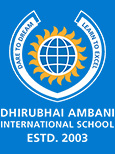Indo German Exchange Report
The Indo-German exchange students visited Kumbhargarh village from 28 to 30 October. Our team consisted of 7 German girls, 2 DAIS boys and myself, along with 3 teachers. The main tasks for this trip were brick making, brick laying, painting and dancing. Over these days, we did a lot more work than I expected, but at the same time I feel we could have worked a little better.
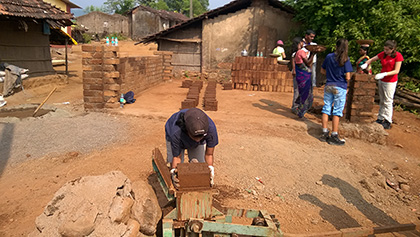
On the first evening we did a recee trip of the village, showing our guests the work done by DAIS students previously, and acquainted them with the villagers and the stuff they would be working on. I also noticed that the Czech exchange team that had come the previous week really did a lot of work and thus set a target for what we had to get done. We also debriefed them about the village itself – the economy, people’s jobs, and education. We ended the evening with an interaction with the villagers about what they felt were the main issues they faced and how we could help. This was my first proper interaction with them despite having visited twice before and I learnt a lot about their life and things I did not have any clue of earlier. For eg, one couldn’t be elected head of the village if one had more than 2 children, which disqualified 2 potential candidates immediately.
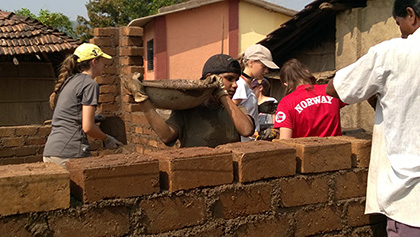
The next day we had a late start, and therefore reached the village much later than planned and it had already begun to get hot. We began with painting and brick making. Initially, I supervised and helped out with the painting the pipes in the school building in red. There were two girls with me, but we worked really slowly because the heat was intense. The brick making team took a while to get a rhythym to the work. Brick making involves weighing the mixture of soil and water to get it between 11 and 12kg and emptying it into the space in the machine. Then a level has to be pulled down which compresses the mixture and then the brick is levered out of the rectangular space and kept to dry. We initially had a tough time with this, figuring out the exact quantity of mixture to be out, else that lever was impossible to pull down and sometimes it took 4 of us to pull it down. Eventually though we got it right. At the end of the morning, we were done with only 54 bricks and 3 partially painted pipes. Things were not going as planned and it was really frustrating. However, no one could be blamed, the girls were just 13, and the hot, humid weather conditions were unlike anything they’d ever experienced.
That evening we went to Imagica. It was my first visit there and it was much better than I had imagined. We did some serious adrenaline pumping rides two and four times and by the end of it were completely exhausted. Following dinner at the lodge, we had a reflection session. The session culminated in allocation of their bake sale funds for resources for the villagers. They had raised roughly 28000 rupees and translated that into soap, soya beans, chickens and shoes for the families in Kumbhargarh.
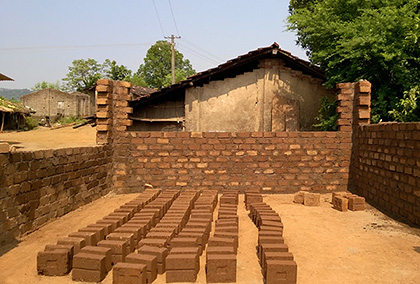
The next day, work was much more efficient. We focused only on brick building and brick laying. Together we built 120 bricks and two walls, and we weren’t even tired, it just became lunch time and we ran out of bricks to do the walls. It was just as hot and sweaty but we were really motivated and worked tirelessly throughout. It was a much better day than previously, and even the teachers lent a hand to quicken the pace. At the end, we distributed fruits, chocolates and crisps to all the villagers and workers who were really thrilled.
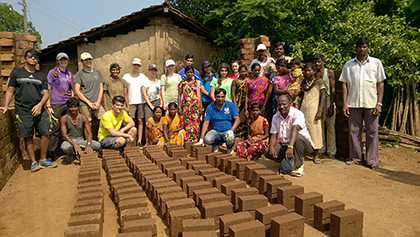
This was a very different trip, I also had to get rid of several creepy-crawlies which made the girls shriek every now and then, but I got to know so much about German life and culture, of which I previously knew not very much about. I think it was a great experience, and I learnt that no matter what the target, one has to consider the capabilities of the workforce too, and cannot force someone way beyond their limits. It made me better understand what it means to be a leader and I’m going to work on improving myself too.
Teesta Rawal
